Cauleen Smith Discusses Her Rediscovered Film Drylongso
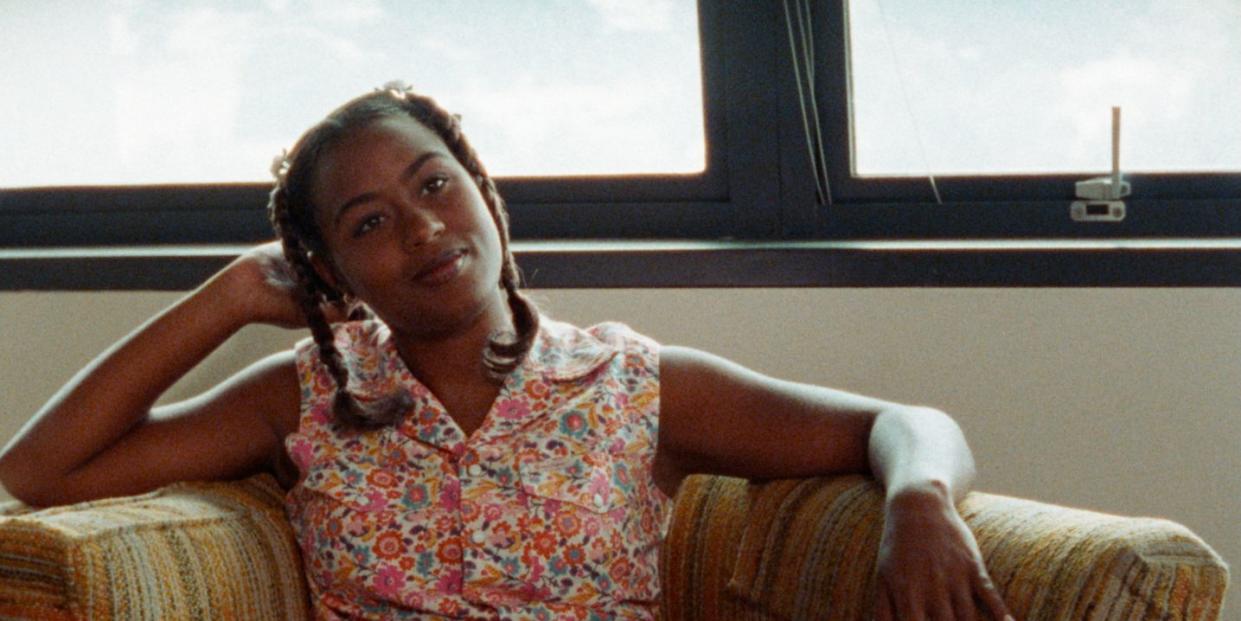
“Can I take your picture?” Pica Sullivan, the main character in Cauleen Smith’s Drylongso, asks. She’s canvassing the young Black men in her neighborhood of Oakland, California, stopping them for slightly candid, slightly posed Polaroid portraits. It’s part of an art project she’s completing for a photography class at the local college—though Pica’s at risk of failing out, her mother expects her to run errands for her, regardless of her class schedule. Her professor—a Black man himself—is skeptical of the impact of her project, but Pica gives the long list of horrifying statistics on life expectancy, schooling, and imprisonment that define working-class, Black male life. Ending her recitation, Pica explains, “I’m capturing and preserving their image. Some kind of evidence of existence.”
Drylongso is one of those pieces of work that feels ahead of its time, especially in its insistence on mixing genres. Originally released in 1998, the film has elements of a coming-of-age story, a thriller, and a story about artistic creation. Janus Films has given the film a stunning restoration, and the film is currently enjoying a theatrical run in New York and other cities.
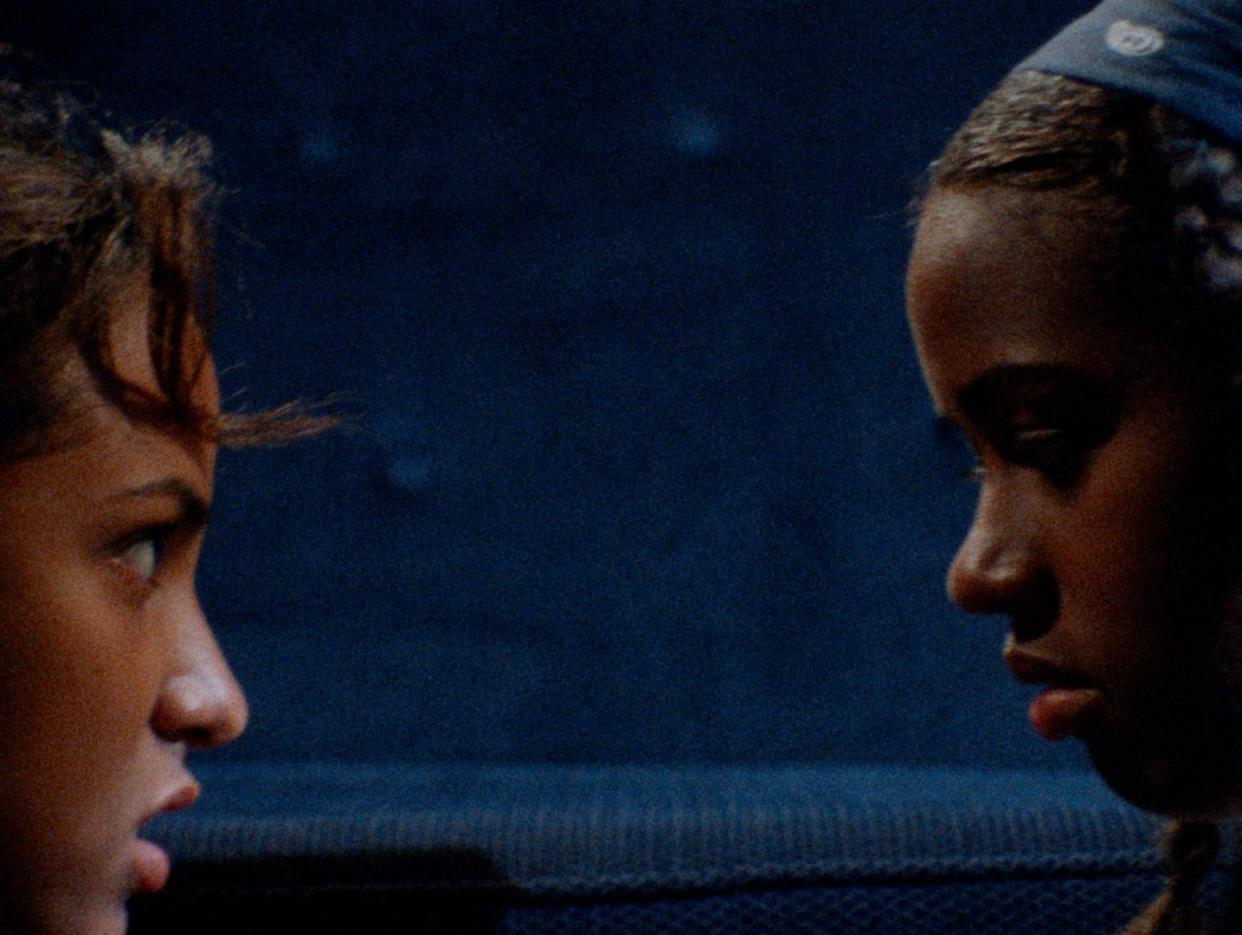
In the film, we follow Pica as she takes photographs and makes art around Oakland, living in a home her erratic mother has converted into a loud, chaotic party house. Now that Pica is grown, her mom expects her to pay for her room. Scrambling for money, Pica works nights pasting flyers and advertisements to the concrete walls and underpasses of the Bay Area. But there’s also a violent killer on the loose, stalking the young Black men in her community and killing them in random outbursts of violence, which come closer and closer to Pica and her loved ones.
Looking for connection, Pica strikes up a friendship with a local girl, Tobi, whom she first sees in rich bitch drag running from an abusive date. Later, the same girl approaches Pica on the street, this time in baggy jeans and oversized shirts, passing as a b-boy.
Explaining why she chooses to present as a boy sometimes, Tobi tells Pica, “You know how they do us when we walk down the street. They act like the sidewalks is theirs and get mad when they bump into us. Now when I walk down the street, white folks move out of the way. They’re scared. And I don’t miss being called a bitch just because I won’t talk to some boy and his friends rolling by in a car. I don’t miss any of that.”
“You’re not afraid somebody’s gonna shoot you?” Pica asks.
“I was afraid of that when I was a girl,” Tobi replies.
“You’re still a girl,” Pica insists, but Tobi exists in the movie in a fluid space, dipping in and out of personae based on who she’s interacting with.
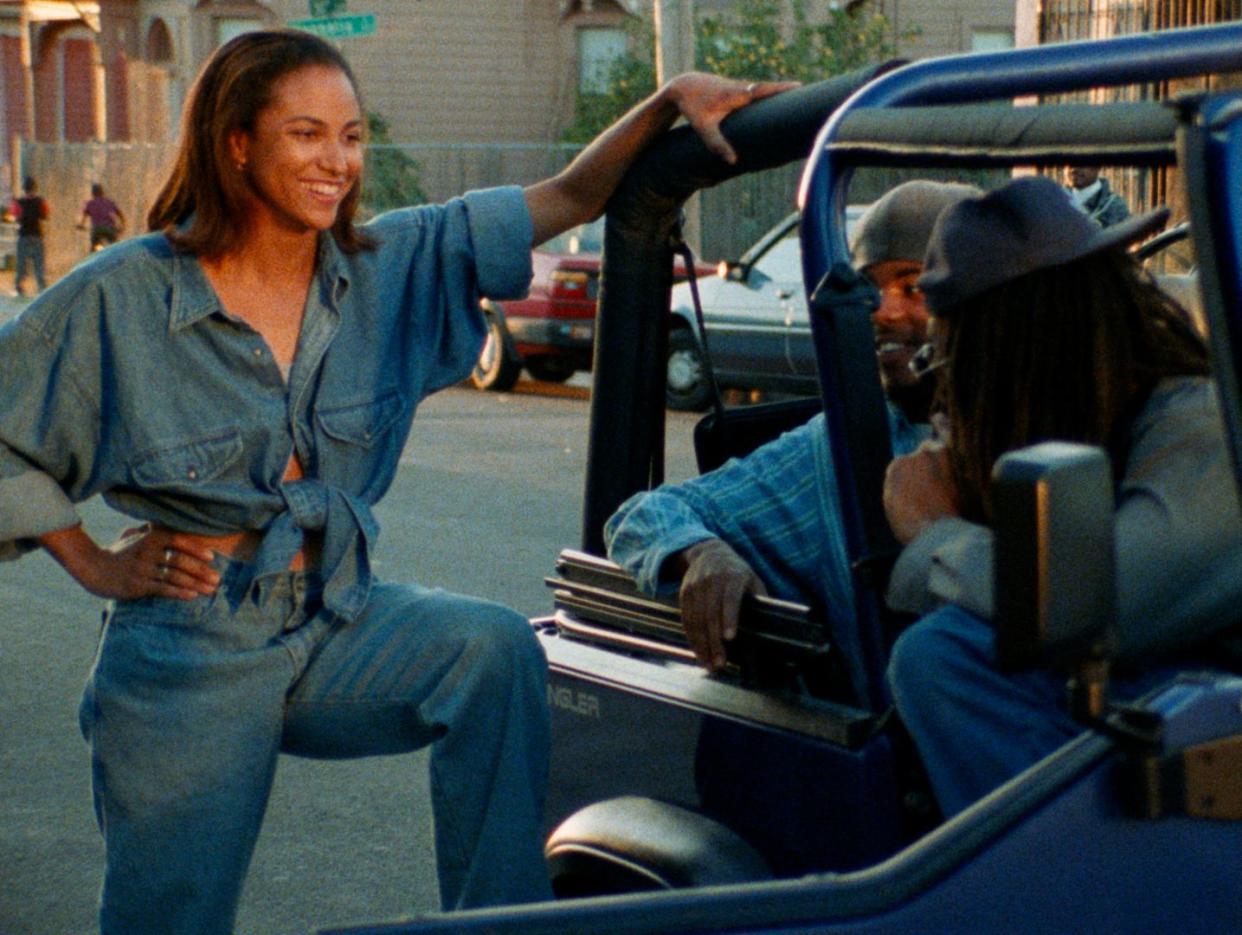
Tobi’s gender fluidity makes the film especially intriguing in this current moment, though Smith sees it very much a part of the hip-hop culture the film makes use of. She tells BAZAAR.com, “I think fashion used to express identity or fashion used as utility can be connected, but are also really different. I'm a child of hip-hop—more than the music, it’s about the ethic, the culture, the distancing from Black respectability, the acceptance. It's kind of like a pre-Afro pessimist acceptance of the fact that we're monstrous, and therefore, we can produce a culture that is inaccessible to anybody.”
Pointing again to that mix of the murderous, the existential, and the mundane that makes the movie so remarkable, she says, “All of those things that hip-hop was in the '90s, I loved. Even though I wasn't a hip-hop head, because you would go to a show and someone would start shooting. I couldn't actually go and experience the music, because I was terrified.”
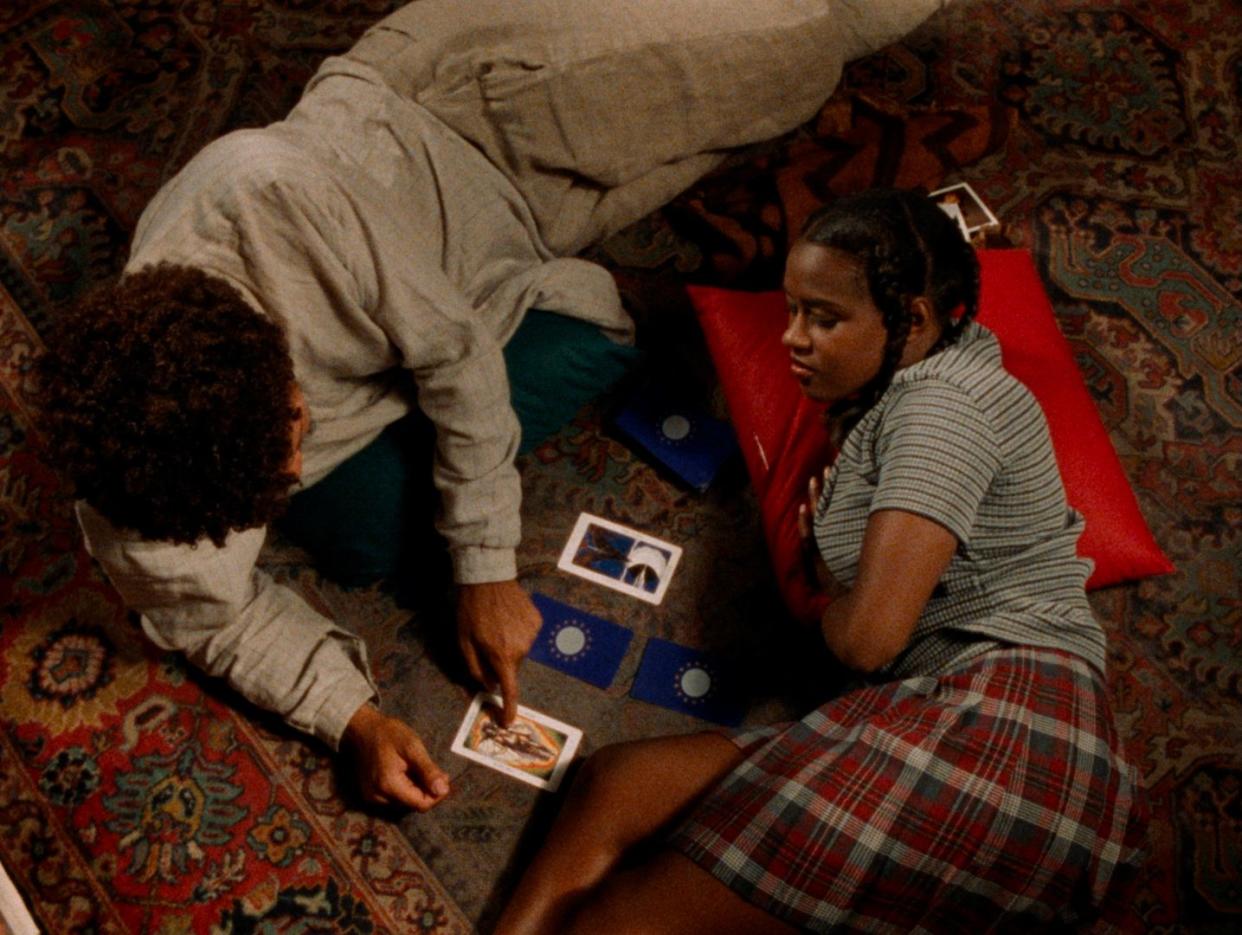
Drylongso’s mixing of genre to capture the experiences of race and gender make it more of a cousin to recent innovative pieces like Everything Everywhere All at Once, Sorry to Bother You, and Atlanta, as much as the tradition of '90s indie cinema that Smith was responding to. For Smith, though, “it wasn't until the film was done that I realized that it was not conforming to a genre. … The hovering violence and the predatory violence … that was part of how you come of age if you were a young Black person in the '90s. [You were] having to navigate a lot of different kinds of jeopardies.”
The film, Smith explains, “is on a very lean track, and there isn't a lot of meandering between moments; I think it intensifies that sense that the genre is collapsing. The Black women writers that I love—what I love about how they write is that they actually recognize their own interiority as part of the terrain in which they're moving. And the fact that that interiority is unrecognizable to others doesn't stop them from presenting it.”
It’s that implacability that made the film difficult to market when it was first released. Distributors weren’t sure which category to place it in. Although Drylongso screened at the Sundance Film Festival and South by Southwest, it never picked up major distribution and was released to home video just as DVDs began their ascendence.
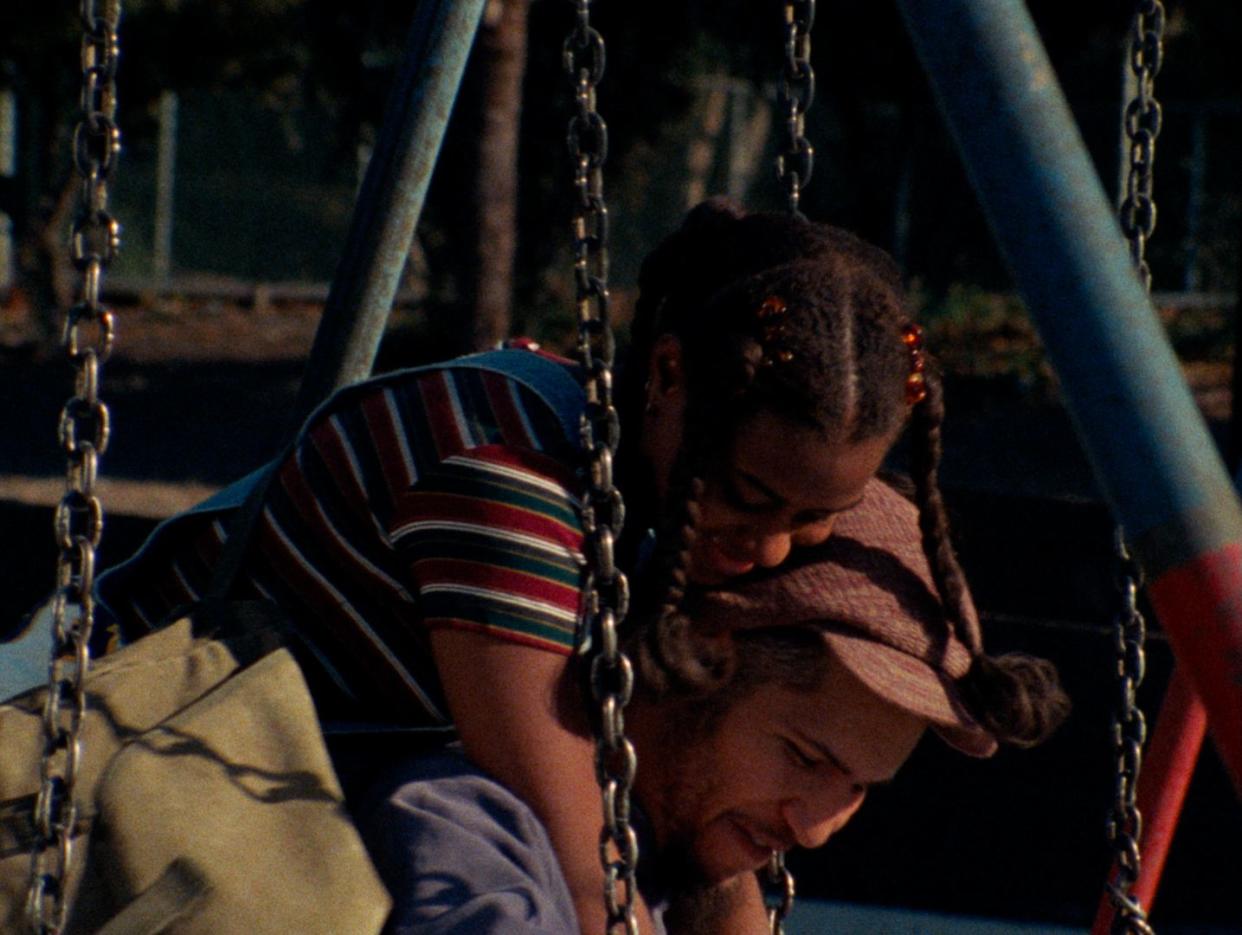
Pica’s medium of choice is the Polaroid, which means her project is “much more about the present, the now, and the temporality.” Smith explains, “I think that pushes against cinema or the idea of what photography is supposed to do. Even the language [of photography] like ‘capturing an image’ … there’s violence embedded in it when we talk about making films. I think that is something that Pica, the character, maybe doesn't have the language for.”
Smith herself found other mediums to work within after coming up against the realities of trying to sell a story of Blackness that didn’t necessarily make sense to white gatekeepers. She’s worked as a performance artist and in installations. Drylongso remains her only feature film. “The structure of Hollywood films are these projects that really contributed to colonialism and the hierarchies of race and gender. … They are really investigating these hierarchies. These are traps that I think a lot of Black women writers managed to defy. But the initial impulse, the three-act structure, everything that becomes this boilerplate by which the gatekeepers in the industry use to determine whether or not a story is compelling—it has its own enclosures and traps.”
In the film’s restoration, what’s so arresting are the pops of color of late-1990s Oakland. It shares the same hyper-saturated palette as Spike Lee’s Girl 6 or Kasi Lemmon’s Eve’s Bayou, both films that came out only a few years before Drylongso’s 1998 release. The striking colors are as much about the financial constraints of shooting a film as they are about design. Smith says, “I was reading a lot about how independent filmmakers with zero money were actually getting things done, and they were talking so much about how paint is cheap, you know what I mean? And I was like, 'Oh, my God, it's so true.' It became the tool, particularly Pica's room, which to me was this really earth and terra-cotta with the green, a grounding on earth, soil, green grass kind of colors.”
She continues, “That was really the way that I could instantly control the entire frame and tell you something very much about the characters. I started in film doing props in art direction, and so I'm really interested in what the production design can carry in terms of story. The space for that part of the story is in the set itself. It won't be acted out in a text.”
Drylongso is an expression I haven’t heard in a long time, but I remember it being everywhere in Black art culture in the 1990s. It’s from African American Vernacular English and means “to be worn out” by poverty, daily life, the many privations of being Black and working class in America “to the point where it feels like you’re not going to make it.” It’s a word that comes from blues songs—the most poignant being Robert Johnson’s “Come On in My Kitchen,” whose lyrics go, "You better come on in my kitchen, baby / It’s going to be raining outdoors / Wintertime’s coming / It’s going to be slow / You can’t make the winter, babe / That’s dry long so.”
In Johnson's song, as in Smith’s film, “dry long so” is a state of deprivation, but it's expressed alongside a promise of illicit intimacy and community. Despite the violence surrounding her, Pica eventually exhibits her photographs—not in a gallery, but in an abandoned lot in her neighborhood, surrounded by the place and people that make her art possible.
You Might Also Like
